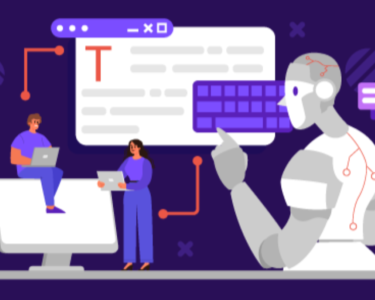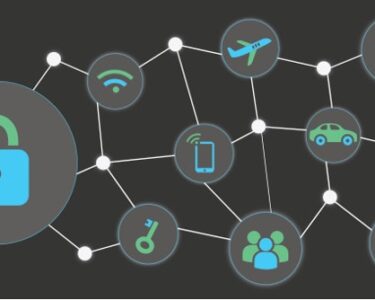
Cybersecurity: Protecting Your Digital World
In today’s technologically driven world, cybersecurity has become paramount to safeguarding our personal information, financial data, and societal infrastructures. With the rapid proliferation of interconnected devices, data breaches, and cyberattacks have become increasingly prevalent, posing significant risks to individuals and organizations alike.
What is Cybersecurity?
Cybersecurity encompasses a range of practices and technologies employed to protect computer systems, networks, and data from unauthorized access, alteration, or destruction. It involves safeguarding against threats such as viruses, malware, phishing attacks, and cyberbullying.
Why is Cybersecurity Important?
Cybersecurity is crucial for several reasons:
-
Protecting Personal Information: Our digital devices store vast amounts of personal data, including financial details, medical records, and sensitive communications. Cybersecurity measures prevent unauthorized access to this data, safeguarding our privacy and identity.
-
Securing Critical Infrastructure: Modern society relies heavily on digital infrastructure, such as power grids, financial systems, and healthcare networks. Cyberattacks on these infrastructures can disrupt essential services, causing significant economic and societal harm.
-
Safeguarding Financial Transactions: Online banking, e-commerce, and mobile payments have become ubiquitous. Cybersecurity protects these transactions by preventing fraud, theft, and unauthorized account access.
Common Cybersecurity Threats
Cybercriminals employ a variety of techniques to compromise computer systems and steal data. Some of the most common threats include:
- Malware: Software programs designed to damage or steal data, such as viruses, ransomware, and spyware.
- Phishing: Emails or text messages that appear to come from legitimate organizations to trick recipients into providing personal information or clicking on malicious links.
- Hacking: The unauthorized access to computer systems or networks to steal data, alter information, or disrupt operations.
- DDoS (Distributed Denial of Service) Attacks: Overwhelming a website or server with大量的流量, making it inaccessible to legitimate users.
Best Practices for Cybersecurity
Individuals and organizations can take proactive steps to protect themselves from cyberattacks by following these best practices:
- Use Strong Passwords: Create complex passwords using a combination of letters, numbers, and symbols. Avoid using common words or personal information.
- Enable Two-Factor Authentication: Add an extra layer of security by requiring a second form of authentication, such as a code sent to your phone or email.
- Install and Update Antivirus Software: Regularly scan your devices for malware and ensure your antivirus software is up-to-date.
- Be Cautious of Phishing Emails and Links: Never click on links or download attachments from unfamiliar emails, especially if they request personal information.
- Use Secure Websites: When conducting financial transactions or entering personal data, ensure the website is legitimate and secure by checking for "HTTPS" in the address bar.
- Back Up Your Data: Regularly back up your important files and data to an external hard drive or cloud storage service.
Conclusion
Cybersecurity is an ongoing battle against evolving threats. By understanding the importance of cybersecurity, adopting best practices, and staying vigilant, we can protect our digital lives and safeguard the integrity of our interconnected world.


